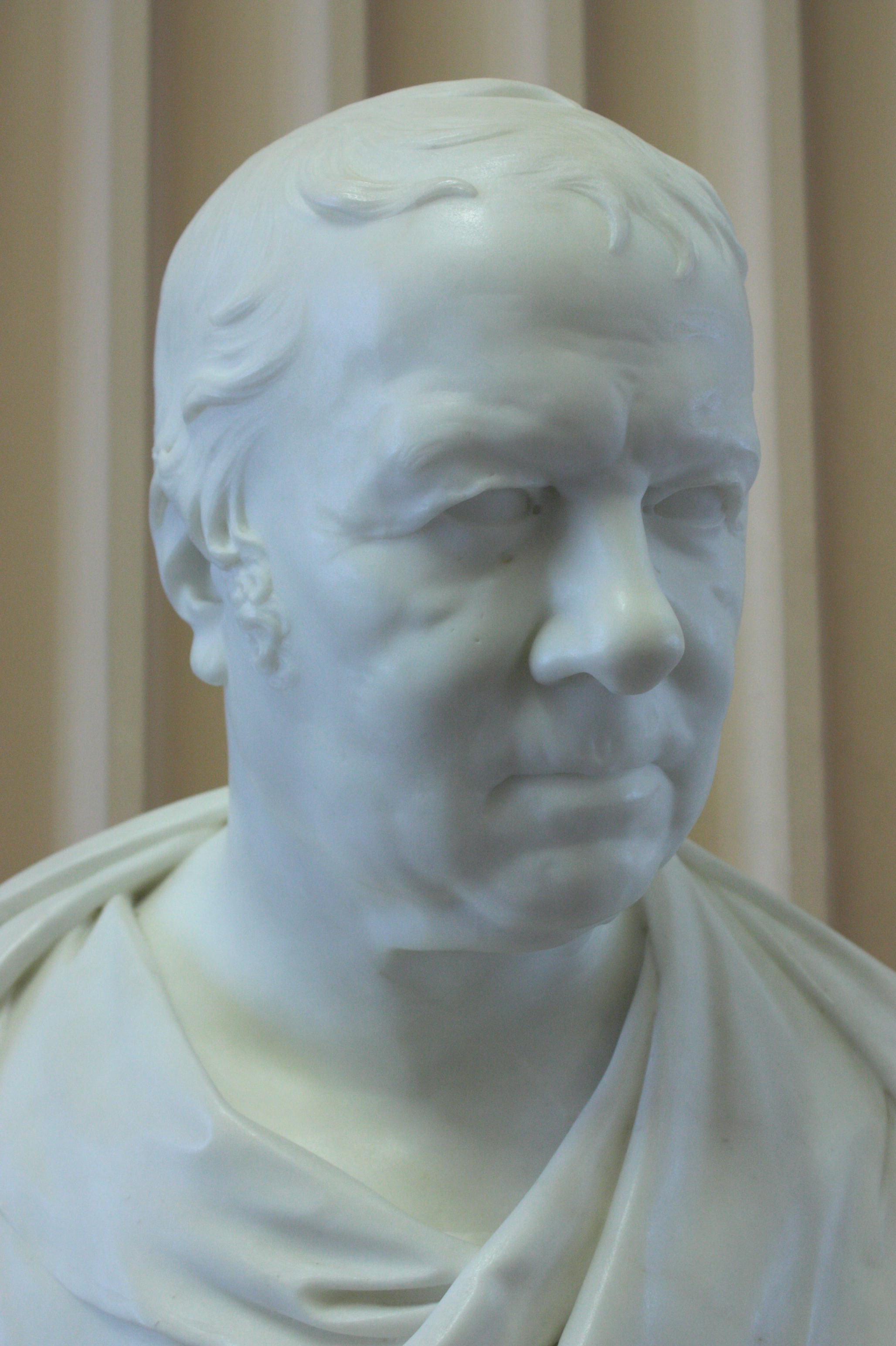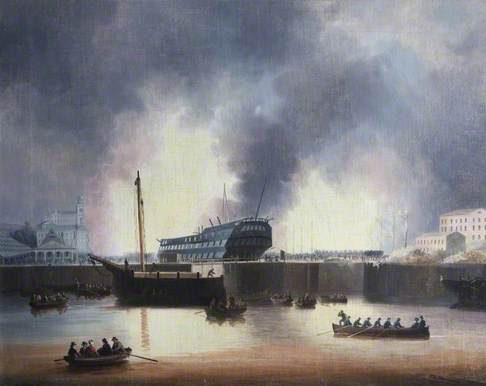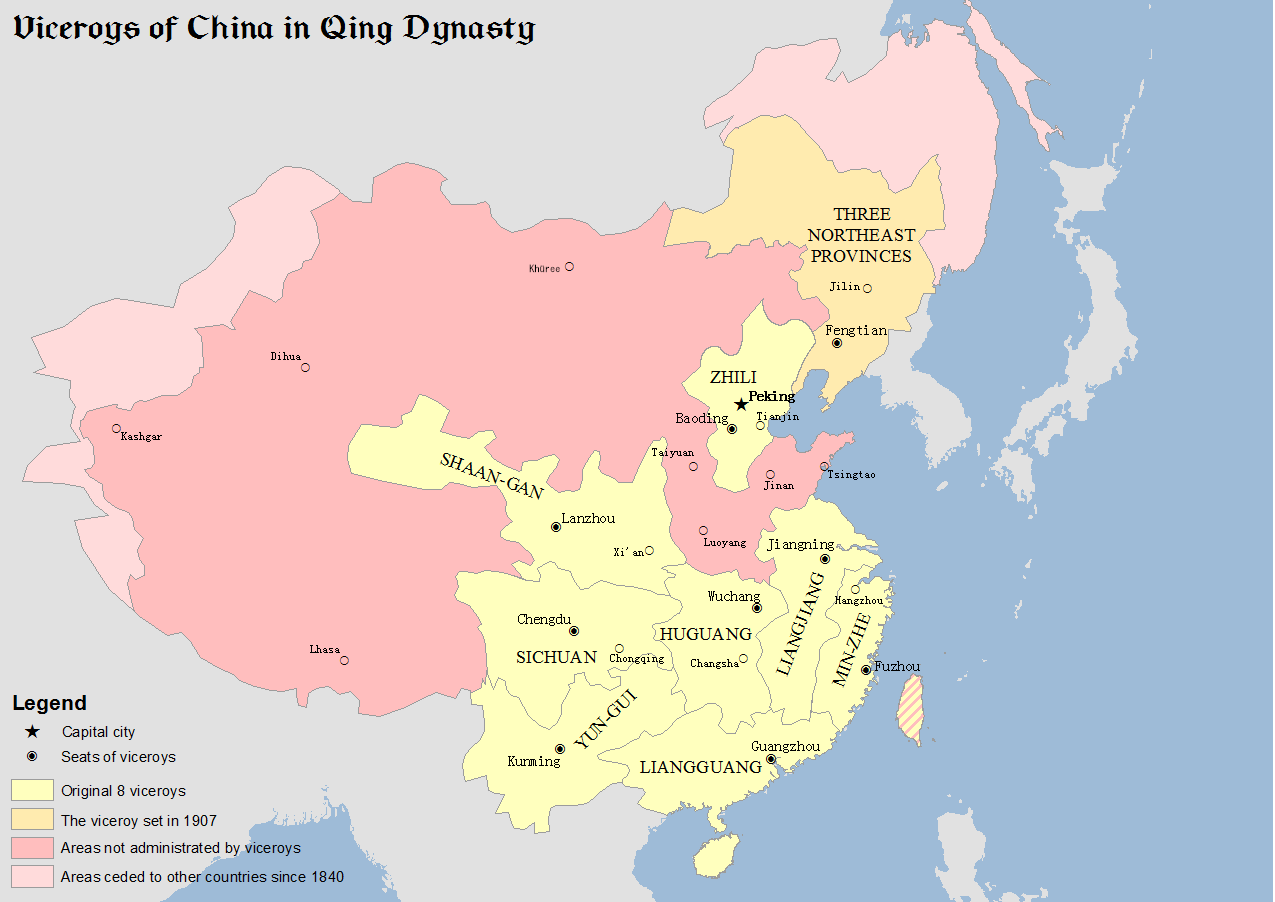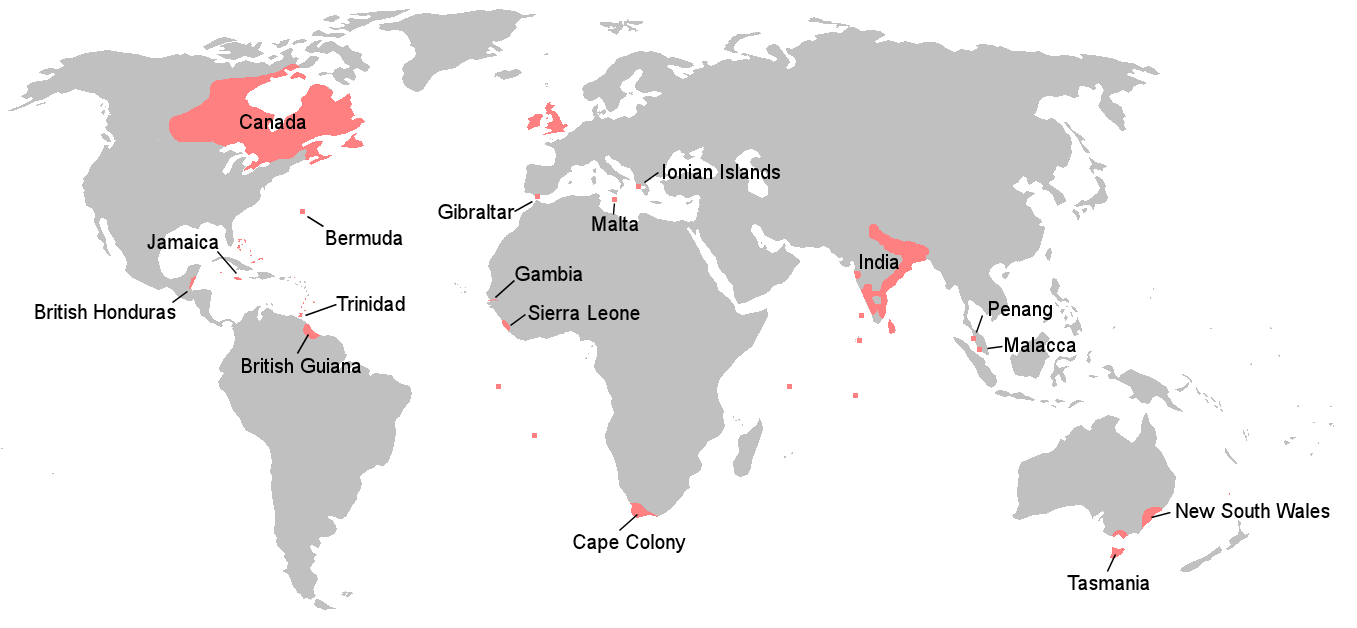|
William John Napier
William John Napier, 9th Lord Napier, Baron Napier () FRSE (13 October 1786 – 11 October 1834) was a British Royal Navy officer and trade envoy in China. Early life Napier was born in Kinsale, Ireland, on 13 October 1786.Laughton, J. K.. "Napier, William John, ninth Lord Napier of Merchistoun (1786–1834)". ''Oxford Dictionary of National Biography'' (2004 ed.). Oxford University Press. . He was the son of Francis Napier, 8th Lord Napier (1758–1823) and the father of Francis Napier, 10th Lord Napier and 1st Baron Ettrick (1819–1898). He enlisted in the Royal Navy in 1803 and served - with distinction - as a midshipman on HMS Defiance at the Battle of Trafalgar (1805). He later served as lieutenant under Thomas Cochrane, 10th Earl of Dundonald. Career In 1818 he was elected a Fellow of the Royal Society of Edinburgh. His proposers were Sir David Brewster, Sir George Steuart Mackenzie, and John Playfair. A peer of Scotland, Lord Napier was an elected Scotti ... [...More Info...] [...Related Items...] OR: [Wikipedia] [Google] [Baidu] |
John Francis Davis
Sir John Francis Davis, 1st Baronet (16 July 179513 November 1890) was a British diplomat and sinologist who served as second Governor of Hong Kong from 1844 to 1848. Davis was the first President of Royal Asiatic Society Hong Kong. Background Davis was the eldest son of East India Company director and amateur artist Samuel Davis while his mother was Henrietta Boileau, member of a refugee French noble family who had come to England in the early eighteenth century from Languedoc in the south of France. Career In 1813, Davis was appointed writer at the East India Company's factory in Canton (now Guangzhou), China, at the time the centre of trade with China. Having demonstrated the depth of his learning in the Chinese language in his translation of ''The Three Dedicated Rooms'' ("San-Yu-Low") in 1815, he was chosen to accompany Lord Amherst on his embassy to Peking in 1816. On the mission's return Davis returned to his duties at the Canton factory, and was promoted to pre ... [...More Info...] [...Related Items...] OR: [Wikipedia] [Google] [Baidu] |
John Playfair
John Playfair FRSE, FRS (10 March 1748 – 20 July 1819) was a Church of Scotland minister, remembered as a scientist and mathematician, and a professor of natural philosophy at the University of Edinburgh. He is best known for his book ''Illustrations of the Huttonian Theory of the Earth'' (1802), which summarised the work of James Hutton. It was through this book that Hutton's principle of uniformitarianism, later taken up by Charles Lyell, first reached a wide audience. Playfair's textbook ''Elements of Geometry'' made a brief expression of Euclid's parallel postulate known now as Playfair's axiom. In 1783 he was a co-founder of the Royal Society of Edinburgh. He served as General Secretary to the society 1798–1819. Life Born at Benvie, slightly west of Dundee to Margaret Young (1719/20 – 1805) and Reverend James Playfair (died 1772), the kirk minister of Liff and Benvie. Playfair was educated at home until the age of 14, when he entered the University of St Andrews to ... [...More Info...] [...Related Items...] OR: [Wikipedia] [Google] [Baidu] |
Bocca Tigris
The Humen, also Bocca Tigris or Bogue, is a narrow strait in the Pearl River Delta that separates Shiziyang in the north and Lingdingyang in the south near Humen Town in China's Guangdong Province. It is the site of the Pearl River's discharge into the South China Sea. It contains the Port of Humen at Humen Town. The strait is formed by the islands of Chuenpi (, p ''Chuanbi'') and Anunghoy (, p ''Aniangxie''; also called , p ''Weiyuan'') on the eastern side, and Taikoktow (大角头, p ''Dajiaotou'') on the western side. Since 1997, the strait has been traversed by the Humen Pearl River Bridge. Bocca Tigris was the entry to China's only trading city, Kanton. Name The Latinate ' is derived from the Portuguese ', which is a calque of the Chinese and Cantonese name , literally meaning "The Tiger Gate".Taylor 1898, p. 70 The name ''Bogue'' is also a corruption of the Portuguese ''Boca''. The name comes from the impression given by Tiger Island, situated ... [...More Info...] [...Related Items...] OR: [Wikipedia] [Google] [Baidu] |
HMS Imogene (1831)
HMS ''Imogene'' was a sixth rate of the Royal Navy, built by Pembroke Dockyard and launched on 24 June 1831. She served in the East Indies, China and South America, but was accidentally burnt while out of commission on 27 September 1840. Design and construction Designed by Sir Robert Seppings in 1828, the ''Conway'' class were a broader version of of 1826. They were intended as sixth rates, which placed them in a category of ships with more than 24 but less than 36 guns, and commanded by an officer of the rank of captain. These ships were constructed of wood in traditional shipbuilding fashion, although iron braces and trussed were used for increased longitudinal strength. They were armed with a traditional arrangement of broadside, smoothbore muzzle-loading guns, and in common with contemporary Royal Navy practice for small ships, these guns were carronades (with the exception of a pair of small long guns on the focsle as chasers). Twenty 32-pounder carronades were mounted o ... [...More Info...] [...Related Items...] OR: [Wikipedia] [Google] [Baidu] |
HMS Andromache (1832)
HMS ''Andromache'' was a 28-gun sixth rate launched in 1832. She was assigned to the North America and West Indies Station, based at the Imperial fortress colony of Bermuda in 1838. She was converted to a powder hulk A hulk is a ship that is afloat, but incapable of going to sea. Hulk may be used to describe a ship that has been launched but not completed, an abandoned wreck or shell, or to refer to an old ship that has had its rigging or internal equipmen ... in 1854 and was broken up in 1875. She took William Napier to China and participated in the war with China at Canton in 1834. References * External links * {{DEFAULTSORT:Andromache (1832) Sixth-rate frigates of the Royal Navy Corvettes of the Royal Navy Victorian-era corvettes of the United Kingdom 1832 ships ... [...More Info...] [...Related Items...] OR: [Wikipedia] [Google] [Baidu] |
Viceroy Of Liangguang
The Viceroy of Liangguang or Viceroy of the Two Guangs, was one of eight regional Viceroys during the Ming and Qing dynasties. The two ''Guang'' referred to Guangdong and Guangxi provinces. The areas under the Viceroy's jurisdiction included present-day Guangdong and Guangxi provinces, as well as Hainan Province. Name Its full name in Chinese is Governor-General, Commander and Quartermaster, Supervisor of Waterways, and Inspector-General of the Two Expanses and Surrounding Areas. History Ming dynasty The office of the Viceroy of Liangguang originated in 1452 during the Ming dynasty. The Jingtai Emperor accepted Yu Qian's proposal to create the office and appointed Wang Ao (王翱) as the first viceroy. In 1465, the Chenghua Emperor appointed Han Yong (韓雍) as Left Censor-in-Chief and Viceroy of Liangguang. The office was formalised in 1469, with the administrative headquarters fixed in Wuzhou, Guangxi. In 1536, during the reign of the Jiajing Emperor, the viceroy Qia ... [...More Info...] [...Related Items...] OR: [Wikipedia] [Google] [Baidu] |
Lu Kun
Lu Kun (17721835; courtesy name Jingzhi, ''hao'' Houshan 厚山), was a Chinese politician of the Qing dynasty. He was a student of politician and scholar Ruan Yuan. He was born in Zhuozhou Prefecture (涿州 modern day Zhuozhou City, Hebei province), Shuntian Fu (). Career Early career In 1799 he became a ''jinshi'' (進士, lit. "advanced scholar") following the Imperial Examinations, ranking 140th in the third grade that year before joining the staff of the Hanlin Academy. A succession of official posts followed, including spells at the Ministry of War and the bureaus responsible for managing the affairs of Guangdong and Shandong respectively. In August 1822 he became Governor-general of Guangxi then in November Governor-general of Shaanxi. Rebellion of Jahanghir Khoja After a rebellion broke out in Xinjiang under the leadership of East Turkestani warlord Jahangir Khoja in 1826, the Daoguang Emperor sent Lu Kun to Shaanxi and Gansu where he was to raise troops to re ... [...More Info...] [...Related Items...] OR: [Wikipedia] [Google] [Baidu] |
Sir George Best Robinson, 2nd Baronet
Sir George Best Robinson, 2nd Baronet (14November 17971855) was a British colonial administrator who became Chief Superintendent of British trade in China. Family background Son of Sir George Robinson, 1st Baronet and Margaret Southwell, the natural daughter of Thomas Howard, 14th Earl of Suffolk, he succeeded to the baronetcy on 13February 1832. Career Between 1818-19 he was employed as a supercargo by the East India Company in Canton, (now known as Guangzhou). He was appointed third Superintendent of British Trade in China alongside Lord Napier and John Francis Davis in December 1833. After Napier's death in 1834, Davis and Robinson moved up to become chief and second superintendents. Robinson became Chief Superintendent on 19January 1835 following the resignation of John Francis Davis with John Harvey Astell and Charles Elliot as second and third superintendents. He maintained a "perfectly quiescent line of policy" during his tenure and reported a "quiet and prospero ... [...More Info...] [...Related Items...] OR: [Wikipedia] [Google] [Baidu] |
Guangzhou
Guangzhou (, ; ; or ; ), also known as Canton () and alternatively romanized as Kwongchow or Kwangchow, is the capital and largest city of Guangdong province in southern China. Located on the Pearl River about north-northwest of Hong Kong and north of Macau, Guangzhou has a history of over 2,200 years and was a major terminus of the maritime Silk Road; it continues to serve as a major port and transportation hub as well as being one of China's three largest cities. For a long time, the only Chinese port accessible to most foreign traders, Guangzhou was captured by the British during the First Opium War. No longer enjoying a monopoly after the war, it lost trade to other ports such as Hong Kong and Shanghai, but continued to serve as a major transshipment port. Due to a high urban population and large volumes of port traffic, Guangzhou is classified as a Large-Port Megacity, the largest type of port-city in the world. Due to worldwide travel restrictions at the beginni ... [...More Info...] [...Related Items...] OR: [Wikipedia] [Google] [Baidu] |
Canton Trade
The Canton System (1757–1842; zh, t=一口通商, p=Yīkǒu tōngshāng, "Single orttrading relations") served as a means for Qing China to control trade with the West within its own country by focusing all trade on the southern port of Canton (now Guangzhou). The protectionist policy arose in 1757 as a response to a perceived political and commercial threat from abroad on the part of successive Chinese emperors. From the late seventeenth century onwards, Chinese merchants, known as '' Hongs'' (), managed all trade in the port. Operating from the Thirteen Factories located on the banks of the Pearl River outside Canton, in 1760, by order of the Qing Qianlong Emperor, they became officially sanctioned as a monopoly known as the ''Cohong''. Thereafter Chinese merchants dealing with foreign trade ( zh, t=洋行, p=yángháng, links=no, "ocean traders", i.e. "overseas traders" or "foreign traders") acted through the ''Cohong'' under the supervision of the Guangdong Customs Su ... [...More Info...] [...Related Items...] OR: [Wikipedia] [Google] [Baidu] |
Lord Palmerston
Henry John Temple, 3rd Viscount Palmerston, (20 October 1784 – 18 October 1865) was a British statesman who was twice Prime Minister of the United Kingdom in the mid-19th century. Palmerston dominated British foreign policy during the period 1830 to 1865, when Britain stood at the height of its imperial power. He held office almost continuously from 1807 until his death in 1865. He began his parliamentary career as a Tory, defected to the Whigs in 1830, and became the first prime minister from the newly formed Liberal Party in 1859. He was highly popular with the British public. David Brown argues that "an important part of Palmerston's appeal lay in his dynamism and vigour". Henry Temple succeeded to his father's Irish peerage (which did not entitle him to a seat in the House of Lords, leaving him eligible to sit in the House of Commons) as the 3rd Viscount Palmerston in 1802. He became a Tory MP in 1807. From 1809 to 1828 he served as Secretary at War, organising the finan ... [...More Info...] [...Related Items...] OR: [Wikipedia] [Google] [Baidu] |
Far East
The ''Far East'' was a European term to refer to the geographical regions that includes East and Southeast Asia as well as the Russian Far East to a lesser extent. South Asia is sometimes also included for economic and cultural reasons. The term first came into use in European geopolitical discourse in the 15th century, particularly the British, denoting the Far East as the "farthest" of the three "Easts", beyond the Near East and the Middle East. Likewise, during the Qing dynasty of the 19th and early 20th centuries, the term "Far West (Taixi), Tàixī ()" – i.e., anything further west than the Arab world – was used to refer to the Western countries. Since the mid-20th century, the term has mostly gone out of use for the region in international mass media outlets due to its eurocentric connotations.Reischauer, Edwin and John K Fairbank, ''East Asia: The Great Tradition,'' 1960. The Russian Far East is often excluded due to cultural and ethnic differences, and is often cons ... [...More Info...] [...Related Items...] OR: [Wikipedia] [Google] [Baidu] |







